What is an IPA? The History, Styles, and Brewing of the India Pale Ale Beer
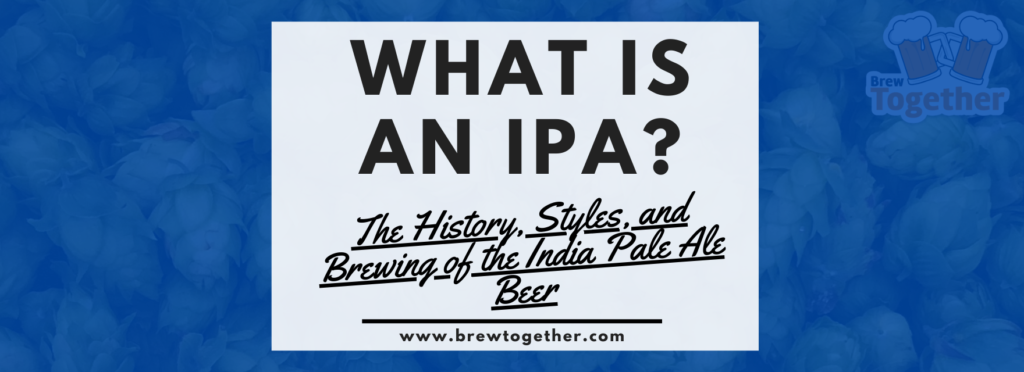

If you’re just stepping into the world of craft beer, one of the first of many acronyms you’ll hear is “IPA”. The IPA beer (short for India Pale Ale, not Indian Pale Ale, though this is a common mistake) is one of the most popular styles of craft beer in the United States. It is a favorite among American craft brewers, and has been the flagship beer of the craft beer movement for several years.
While there are several types of IPAs, the main factor that differentiates this popular beer style from other styles of beer is that its characteristics are mostly defined by the hops used in the brewing process, resulting in a hoppy beer. IPAs are a more bitter beer than classic lagers. They are an acquired taste that many non-craft beer drinkers initially find unpleasant. Once the taste is acquired, they are one of the most flavorful and dynamic beers available today.
IPAs are diverse. They range from high to low alcohol by volume (ABV). IPAs can be light to dark in color. They can be extremely bitter or have virtually no bitterness. They can be very diverse in flavor and aroma. Despite the wide range of aromas, flavors, appearance, and mouthfeel between various IPAs, they all have one thing in common. It’s all about the hops.
History of the IPA
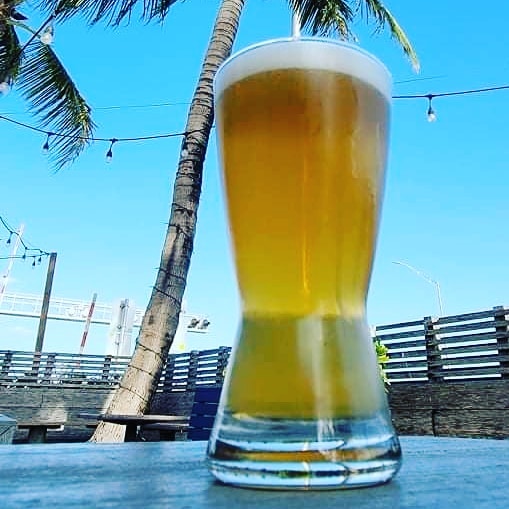

The actual history of the IPA is debated a bit because of a popular myth about how the style came into existence. Ask your average beer nerd, and they’ll tell you that the IPA emerged in the late 18th to early 19th century out of a British Empire need to produce a beer that could survive the long journey from Great Britain to India without spoiling.
According to the myth, George Hodgson, the brewer at Bow Brewery in London, created the pale ale in response to a demand for a lighter style of beer to be consumed in India’s hotter climate. The myth continues to explain that as Hodgson experimented with the style, he found that increasing the alcohol content and adding additional hops increased the beer’s shelf life. According to legend, Hodgson, as the inventor of the India Pale Ale, was essentially the only brewer producing what was even referred to as Hodgson’s Beer for approximately 50 years.
Unfortunately for your beer nerd friends telling this story, it’s not entirely true. Beer had been exported to India successfully since the early 18th century, and most beer being produced at the time could survive the journey in a cask with minimal to no spoilage. What’s more, Pale Ales existed for about 100 years before George Hodgson allegedly invented them.
While the myth of how they were invented was largely debunked, there is some truth to the story. By the mid-18th century, the conventional wisdom was that adding extra hops to beer that was intended to be exported to warmer parts of the world was necessary to prevent spoilage. Additionally, George Hodgson was successful producing the most popular IPAs for export to India, however it was far from the monopoly that the legend asserts.
At the time, these beers were referred to as “pale ales as prepared for India”. The real irony is that what we currently think of as an IPA is not necessarily pale and is not necessarily aligned to the styles of beer that were exported to India. So, what makes an IPA an IPA? Keep reading to learn more about the characteristics and styles of IPA.
Types of IPAs
The following sections describe the main styles of IPAs available today. For each, we will provide information on the appearance, aroma, flavor, bitterness, and alcohol level. We will also discuss main differences between each IPA style, as well as comparisons to other types of beer. The descriptions of the essential characteristics of the various types of IPAs largely reference the Beer Judge Certification Program (BJCP) Style Guidelines and the Brewer’s Association’s Beer Style Guides. These resources provide the essential characteristics for recognized beer styles. In this article we will provide a high-level overview of the characteristics of India Pale Ales, but if you want to read more, we highly recommend reviewing the BJCP Style Guides and the Brewer’s Associations Beer Style Guides.
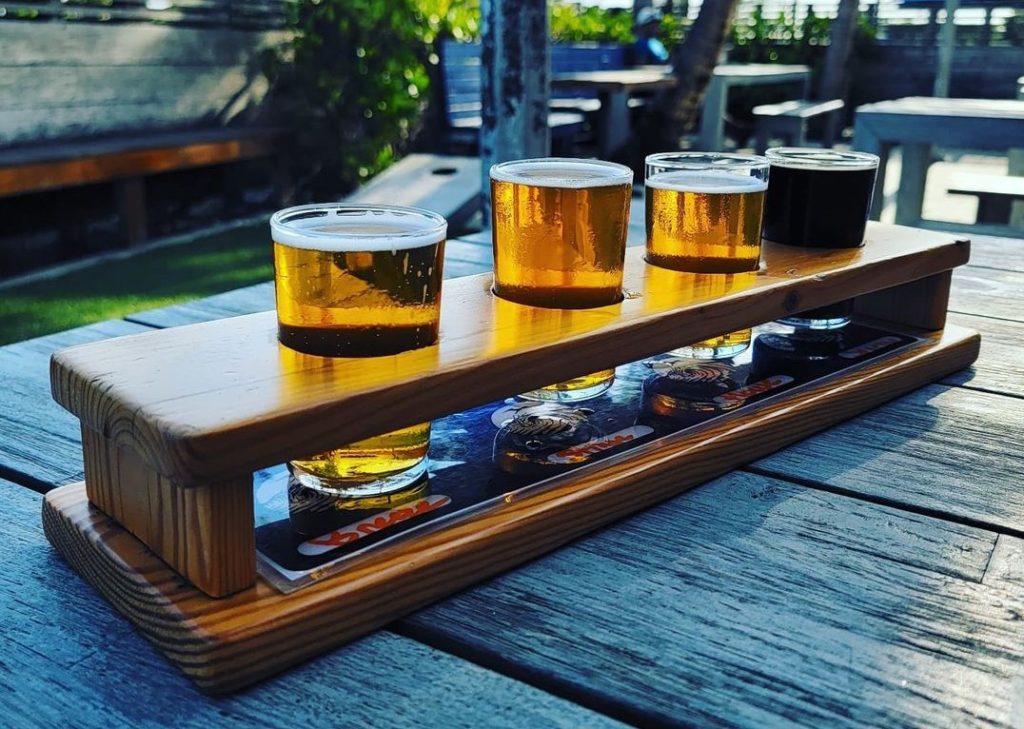

The American IPA
The classic American IPA is a hoppy, bitter, and moderately strong American pale ale. As a rule, American IPAs have a prominent hop aroma and hop flavor from New World hops or American hops. They are hop-forward in both flavor and aroma with a generally dry finish The clean fermentation profile makes the malt take a secondary role to allow the hops to come through as the dominant trait. Depending on the type of hops and water profiles used, American IPAs are often described as being either a West Coast IPA or an East Coast IPA.
Appearance: The American IPA is generally clear, although there are a few variations that fully embrace haziness. Most IPAs have some chill haze at lower temperatures, and hop haze is more present in some substyles than others. They range from having a pale, medium-gold to light amber, copper color, with an SRM of about 4-7.
Aroma: While malt aromas are generally at a medium-low to medium intensity, they are overshadowed by a high to very high hoppy aroma. Hop aromas range depending on the varietal of hops used, but can include aromas including pine, citrus fruit, stone fruit, tropical fruit, floral, and resinous.
Flavor: Like aromas, while there are certainly malt flavors present, they are overshadowed by strong hop flavors. Hop flavors mirror the aromas, ranging from earthy and resinous to floral and tropical fruit flavors.
Bitterness: While generally a bitter style, American IPAs are now being produced with very low to very high perceived bitterness. Generally speaking, a classic American IPA ranges from 70 – 70 International Bittering Units (IBU), however this is no longer considered a hard rule.
Alcohol Content: American IPAs generally have an ABV of between 6% and 7.5%.
Hazy IPA / Juicy IPA
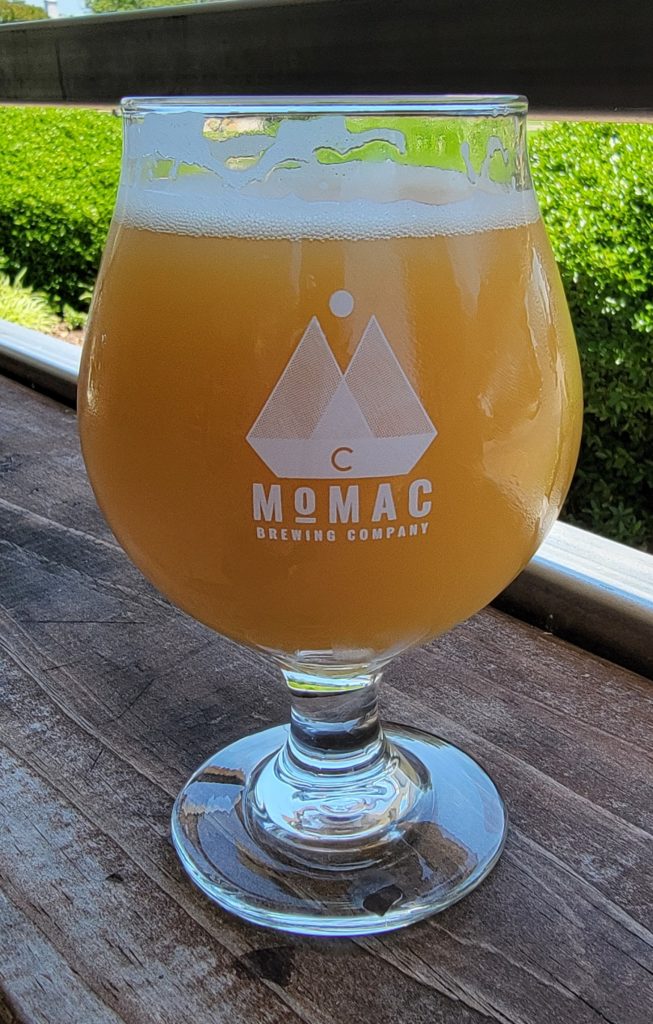

The Hazy IPA is sometimes referred to as a Juicy IPA, New England IPA, NEIPA, or New England-Style IPA. The Hazy IPA is different from the standard American IPA in a few distinct ways. First, it embraces cloudiness and haze from both hops and adjunct grains. Second, the perceived bitterness is much lower than that of a standard American IPA. Finally, Juicy or Hazy IPAs tend to opt for a heavier, silky body that produces a full mouthfeel. This is in stark contrast to the generally dry finish of the standard American IPA. Some Hazy IPAs even have a bit of lactose added, making a new style called a Milkshake IPA.
Appearance: Hazy IPAs, unsurprisingly, generally have a high degree of haziness. Their lack of clarity separates them from the other styles of American IPAs. Haziness comes from a combination of a high amount of hops added during fermentation (called dry hopping), and adjunct fermentables, such as flaked oats, added to the grist. In color, they range from light straw colored to a deep, but light, amber color with an SRM of 3-7.
Aroma: Malt aromas are generally very subtle, with hop aroma coming through very strong. Hop aromas used in this style usually impart strong aromas of tropical fruit.
Flavor: Like aroma, the Hazy or Juicy IPA generally has a strong hop presence with a fruity flavor of tropical fruit or stone fruit that overshadow the malt flavors. The heavy, silky body and mouthfeel of this style contribute to its perceived sweetness, as do fruity esters from fermentation.
Bitterness: The Hazy IPA has a substantially lower bitterness than the classic American IPA. With an IBU range of approximately 30-50, you would expect some bitterness. However, due to the balance of other ingredients, the perceived bitterness is usually very low in this style.
Alcohol Content: While they range significantly, this style is usually between 6% and 7.5% ABV, with stronger beers of the style being considered Double or Triple Hazy IPAs.
Imperial IPA / Double IPA
The American IPA’s big brother, the Imperial IPA or Double IPA, is similar in style, but with more of everything. More hops, more grain, more IBUs, more alcohol. Similar to the standard American IPA, there is substantial range and variation in the appearance, aroma, and flavor of the Imperial or Double IPA. There are also Double or Imperial versions of the Hazy IPA / Juicy IPA following the same line of thinking – that style, but “more”. That amount of “more” not enough? Check out a Triple IPA, which is even stronger and hoppier.
Appearance: The opacity of the Double or Imperial IPA ranges from clear to highly cloudy depending on the presence of hops, proteins, and starches in suspension. Juicy or Hazy Double or Imperial IPAs are extremely hazy. Both the standard Double IPA and the the Hazy Double IPA range from straw to amber in color. The standard Double IPA has an average SRM of 2 – 9, and the Hazy Double IPA has an SRM of about 3 – 7.
Aroma: Like most IPAs, this style is marked by low pale malt and caramel malt character that is almost completely overshadowed by intense hop aroma. Hop aroma ranges from high to intense, with a wide range of aroma based on the varietal of hops. Hazy Double IPAs have a strong focus on utilizing hops that exhibit a fruity, tropical, and juicy aroma.
Flavor: Following the same experience as the aroma, pale and caramel malt character is present in an Imperial IPA / Double IPA, however it is overshadowed by a strong hop flavor. Hop flavors are intense in this style, with a wide range of flavors based on hop varietal. While the hops are intense, they should not be harsh and should still exhibit a fresh hop character. The Hazy Imerial or Double IPA has a strong tropical fruit hop character, with a softer overall flavor based on a silky, full mouthfeel and a higher perceived sweetness due to fruity esters produced during fermentation.
Bitterness: Bitterness is very high (between 65 and 100 IBU) in an Imperial or Double IPA, however it is well balanced by the increased residual sweetness from the increased malt. Hazy Imperial or Double IPAs, however, have a low perceived bitterness and an IBU range of about 45 – 80.
Alcohol Content: One of the essential characteristics of a Double IPA or Imperial IPA is a high alcohol content. They have a higher alcohol content than standard IPAs, with an alcohol range of between 7.5% and 10% ABV on average.
Session IPA
The Session IPA is essentially a lower ABV version of the American IPA. In fact, a Session version of any of the other styles in this list is just a lower ABV version of it. The defining characteristic of a Session IPA is that it has an ABV of less than 5%. Any more than 5% ABV, and it is no longer considered to be a session beer.
English-Style IPA / English IPA / British IPA
The “true” English IPA / British IPA is still produced in England. This style features an aroma of spicy English hops and nutty English malts. The flavor of an English IPA is more malt-forward than an American IPA, but that malt flavor should still be balanced (or even dominated) by English hops.
Appearance: English IPAs range from gold to copper in color, with an SRM of 6-14. They should be clear, though some chill haze is acceptable at cold temperatures.
Aroma: English malt aroma should be present, though like most IPAs, generally secondary to the hop aroma, which is usually earthy, herbal, or floral in aroma.
Flavor: English IPAs have a stronger malt flavor than American IPAs. They gain floral, earthy, herbal, and even stone fruit flavors from being highly hopped beers. English IPAs are brewed with water that has a high mineral content, which creates a dry, crisp mouthfeel.
Bitterness: English IPAs are less bitter than many American IPAs, with IBUs ranging from about 35 – 60.
Alcohol Content: English IPAs can be fairly strong, with an average ABV range of 4.5% – 7%.
Belgian IPA
Belgian IPAs combine the malt and hop character of an IPA with the spicy, fruity character of a Belgian ale. If you’ve never had a Belgian IPA, try to imagine a hopper Belgian Tripel. Essentially, a Belgian IPA is just an IPA brewed with a Belgian ale yeast, so there is a lot of variation in hop and malt attributes of the beer.
Appearance: Belgian IPAs range in color from light golden to amber, with an SRM of about 5-15. They’re generally a bit hazy, especially when aggressively dry hopped.
Aroma: Aromas of fruity esters, including apple, pear, and banana may be present, along with clove-scented phenols. Hop aroma from any varietal, including American and European hops may be present. Sweet aroma from the malt may be present, and sometimes Belgian candi sugar aromas may be noticed.
Flavor: Spicey, estery flavors from the Belgian yeast are commonly dominant, with flavors of pepper, clove, banana, pear, and apple often present. Hop flavors are strong with a large range of flavors based on op varietal, including both American hop varieties and European hops. Malt flavors are light and slightly sweet, but generally, Belgian IPAs have a fairly dry finish.
Bitterness: Bitterness is high from the hops and may be perceived to be increased from the spicy flavors from the yeast. IBUs for a Belgian IPA range from about 50 – 100.
Alcohol Content: Belgian IPAs are generally higher in alcohol content than American IPAs, with a range of about 6% to about 9.5% ABV.
Black IPA
The Black IPA gains its color from the use of roasted malts, but do not have the strong roasted flavor or body of a stout or porter. Black IPAs are very much IPAs, and are not overly sweet or heavy. The roast character is more similar to that of a Schwarzbier rather than a stout or porter.
Appearance: Black IPAs are, unsurprisingly, black or very dark brown in color, with an SRM range of 25-40. While they are dark, they are usually clear and have little haze or murkiness and a tan head.
Aroma: Like most IPAs, the aroma is hop-forward with diverse hop aroma based on varietal used. Black IPAs often have a dark malt aroma, including coffee, toast, or chocolate. They may also have aromas of sweet caramel.
Flavor: Dark malt flavors are present in Black IPAs, but still give way to stronger hop flavor of any hop varietal. Roasted notes of coffee, chocolate, caramel, or toffee are present. These flavors are not intense, nor do they contribute to an overly sweet or heavy body like that of a stout. Yeast character is generally fairly neutral and Back IPAs are generally fairly dry.
Bitterness: Black IPAs are fairly bitter, with an IBU range of 50 – 90. The dark malts present in a Black IPA also increase the perceived bitterness of the style.
Alcohol Content: Black IPAs follow a similar alcohol content to most IPAs, with a range of about 5.5% – 9% ABV on average.
Red IPA


The Red IPA is essentially a blending of the American Amber Ale with the American IPA. It can be thought of as either a very hoppy Amber Ale or Red Ale, or as an American IPA with the addition of medium to dark crystal malt or sugar adjuncts.
Appearance: Red IPAs range from a light red-amber color to dark red copper, with an SRM of 11-19. They are usually clear rather than hazy.
Aroma: Red IPAs are very hop-forward, with strong aromas of fresh hops being dominant due to dry hopping. Red IPAs primarily use American hops. Hop aromas are usually that of tropical fruit, stone fruit, citrus fruit, floral, melon, berry, or pine.
Flavor: Red IPAs have a solid caramel or toffee flavor from the use of crystal malts in the brewing process. They are maltier than a standard American IPA, but are still hoppy and bitter, with a clean, dry finish. Hop flavors follow aromas of American hops, including tropical fruit, stone fruit, citrus fruit, floral, melon, berry, or pine.
Bitterness: The bitterness in a Red IPA is balanced by the increased maltiness. With an IBU range of about 40 – 70, they are solidly described as IPAs, but are not harshly bitter.
Alcohol Content: Red IPAs have an ABV range of about 5.5% – 7.5%, and notes of alcohol may be present in the flavor.
Rye IPA (Sometimes called a RyePA)
The Rye IPA is exactly what it sounds like it would be: an IPA brewed with rye malt. They’re a bit more spicy and dry than a standard American IPA. While the rye is a noticeable addition, it’s not too intense.
Appearance: Rye IPAs range from gold to reddish-amber in color with an SRM of 6-14. They are generally clear and are not particularly hazy.
Aroma: The rye present in a Rye IPA can provide a peppery aroma. Even with hints of malty sweetness, aromas from the malt are overshadowed by strong hop aroma. Rye IPAs primarily use American or New World hops. Hop aromas are usually that of tropical fruit, stone fruit, citrus fruit, floral, melon, berry, or pine.
Flavor: The rye addition in this beer imparts a spicy flavor that blends nicely with a clean malt profile and strong hop flavor. Rye IPAs primarily use American hops or New World hops. Hop flavors are usually that of tropical fruit, stone fruit, citrus fruit, floral, melon, berry, or pine. The rye imparts a dry finish with little to no residual sweetness.
Bitterness: Rye IPAs are fairly bitter and the spiciness of the rye malt increases the perceived bitterness of this style. The IBUs for Rye IPAs range from about 50 – 75.
Alcohol Content: Rye IPAs have an average ABV range of about 5.5% – 8%.
White IPA
The White IPA blends the malt and hop characters of an American IPA with the yeast and spice additions of a Belgian Witbier. The White IPA sits fairly squarely between the two styles. It could be described as a very hoppy Wit. It could also be described as a light, fruity, and spicy IPA.
Appearance: White IPAs are quite light, with a color ranging from very pale to gold with an SRM of 5-8. They are usually quite hazy, with a large white head.
Aroma: The Belgian yeast used to brew a White IPA imparts noticeable fruity esters of citrus fruit and banana. White IPAs, like Belgian Witbier, may be brewed with spice additions that can impart aromas of pepper or spice. Hop aroma is relatively low when compared to other styles of IPA. Some American hop aroma is present, though, usually with tropical fruit, stone fruit, or citrus notes.
Flavor: White IPAs have strong fruity esters that impart citrus fruit flavors. The malt imparts a bready flavor, and spice additions are often present. Hop flavor is lower than the average IPA, however American hop flavors of tropical and citrus fruit are present.
Bitterness: White IPAs have a high bitterness with an IBU range of 40 – 70.
Alcohol Content: White IPAs have an average ABV of between 5.5% and 70%.
Conclusion
There are literally thousands of commercial examples of traditional IPAs as well as every other style of IPA listed in this article. In fact, pretty much every microbrewery has a flagship IPA now. We highly recommend you give a few a try, and enjoy this hoppy style of beer! There are many who think the IPA is the best beer style ever brewed. We find it pretty hard to argue with them!
Thanks for Reading!
Still have questions about IPAs, other brewing acronyms, or anything else beer and brewing related? Leave a comment below or post in the forums!
Thank you for reading! If you like this article, please share it with your friends using the social media share buttons below!
If you’re not a member of BrewTogether, we’d love for you to join! BrewTogether is completely free, and signing up is easy! Click here to join!
Now using BrewTogether is easier than ever! Download the FREE BrewTogether Mobile App – available on both the Apple App Store and the Google Play Store!


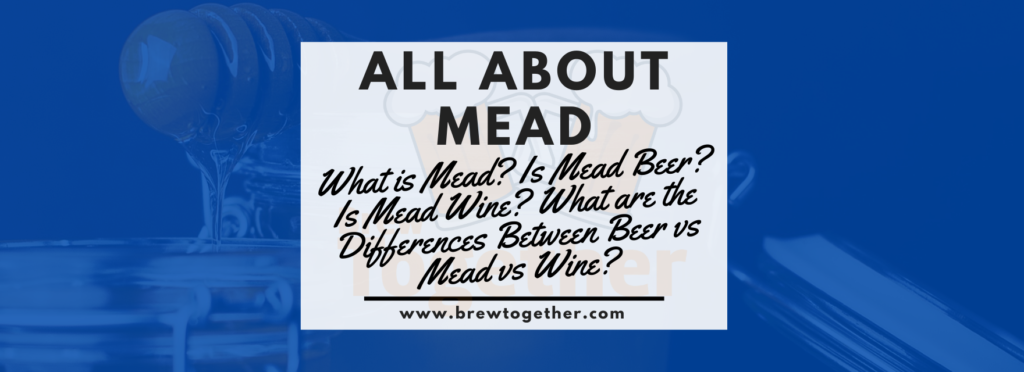


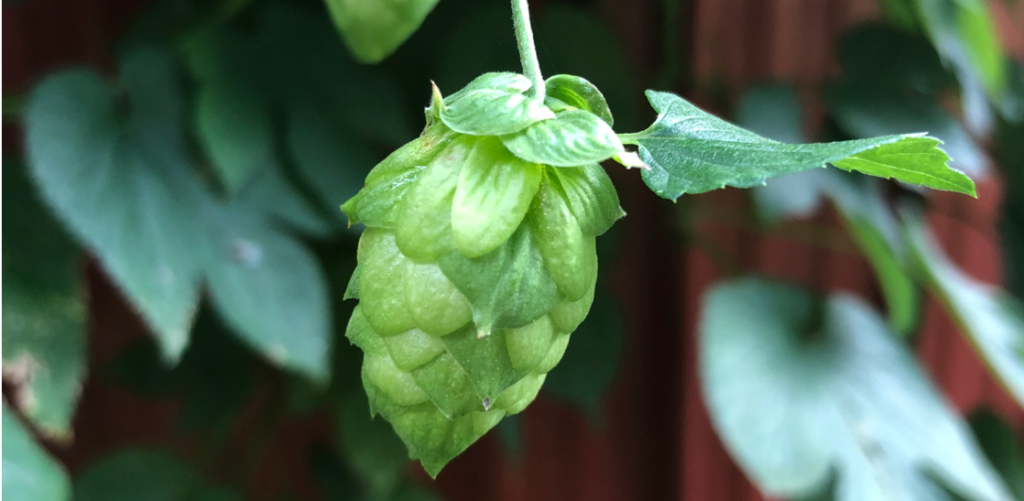
[…] Source: 🔗 […]